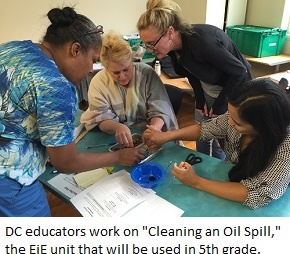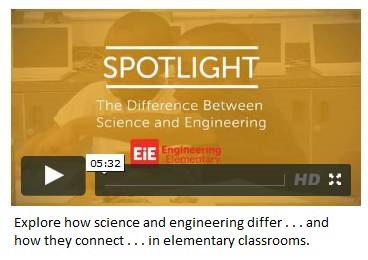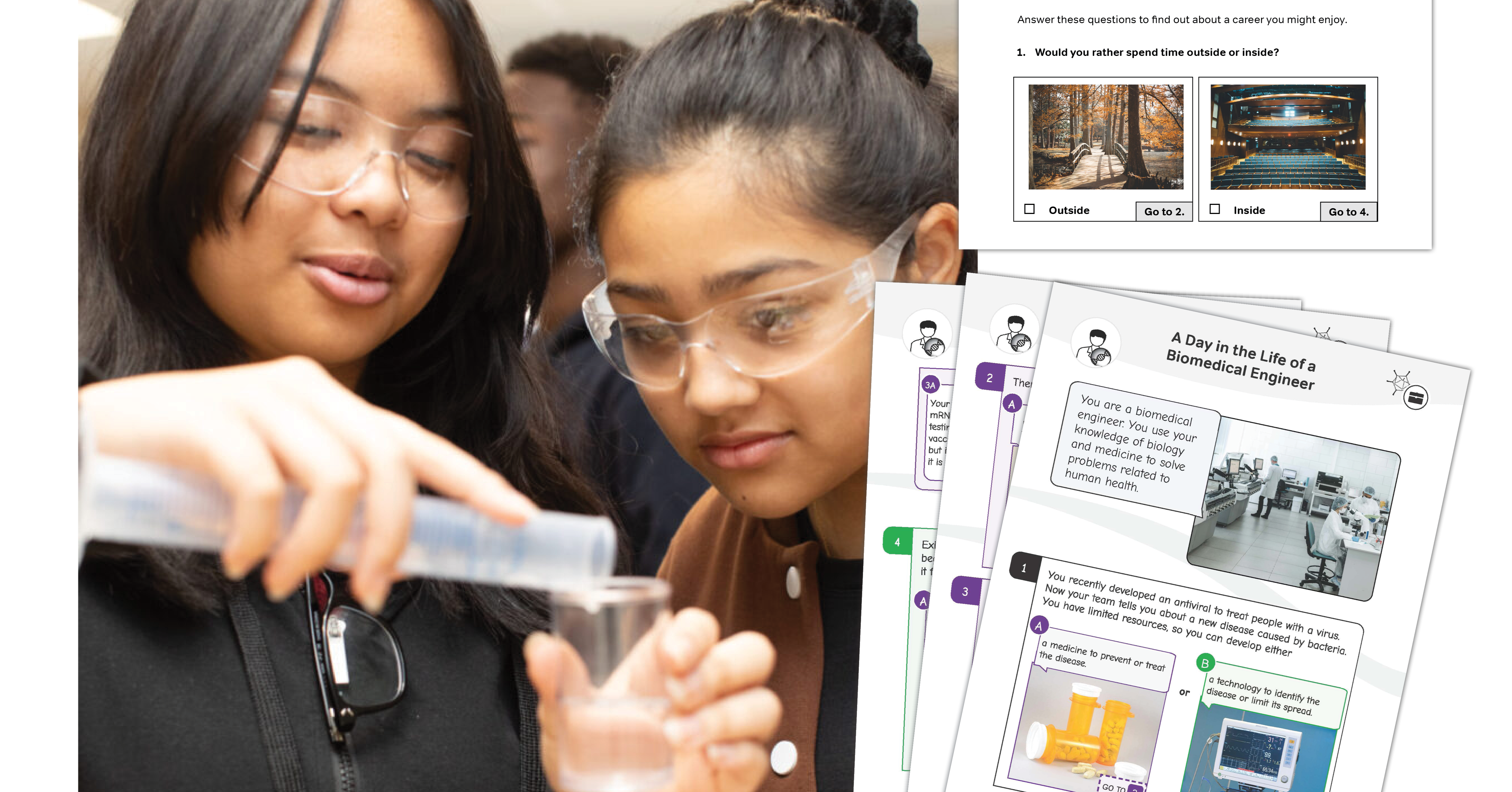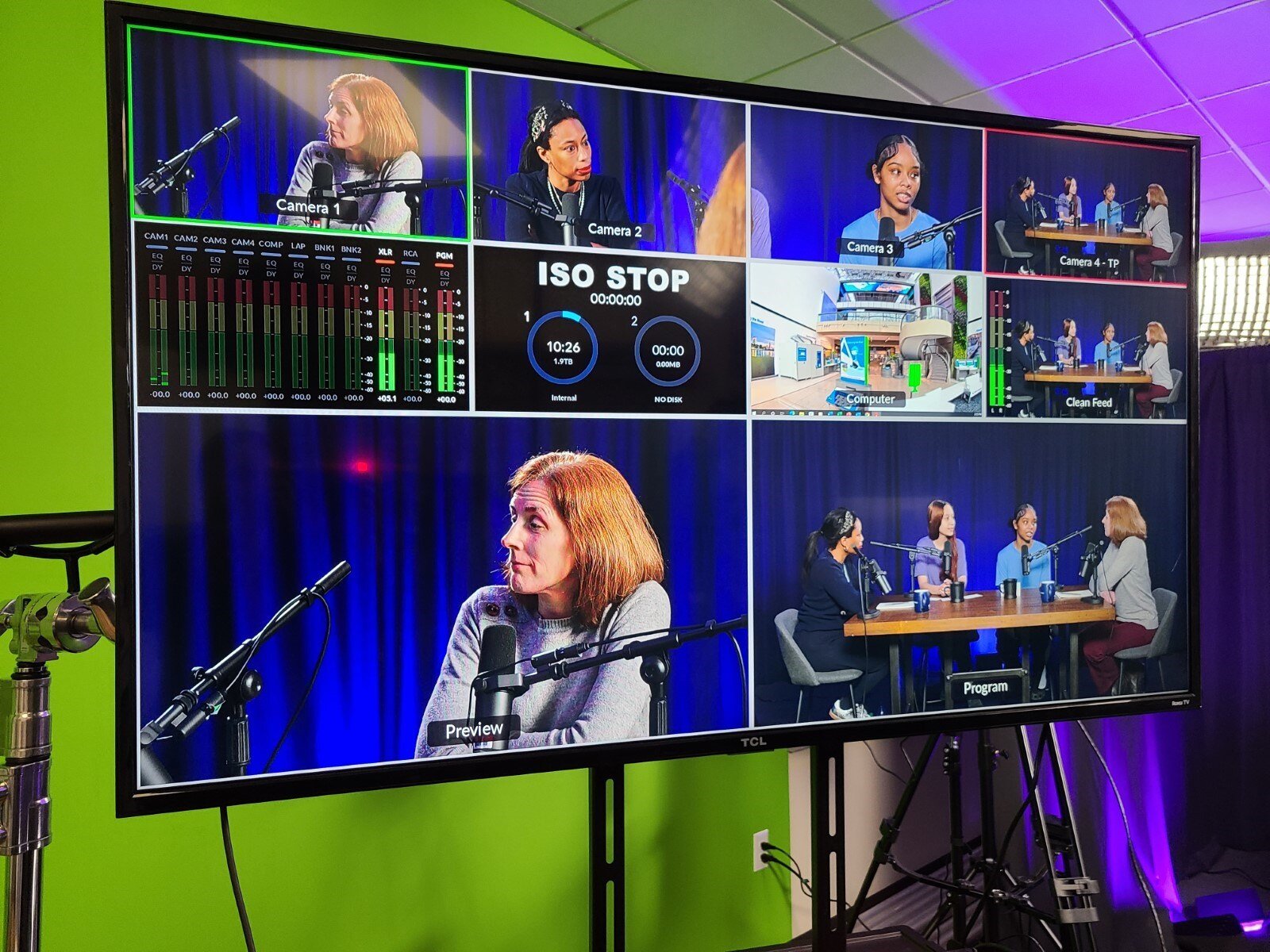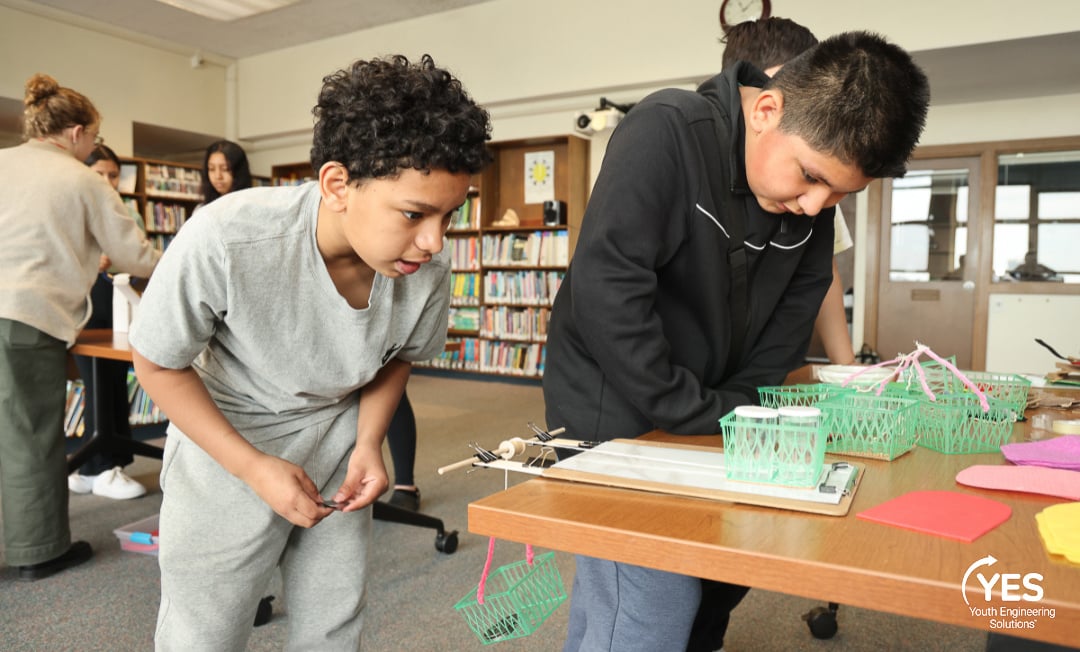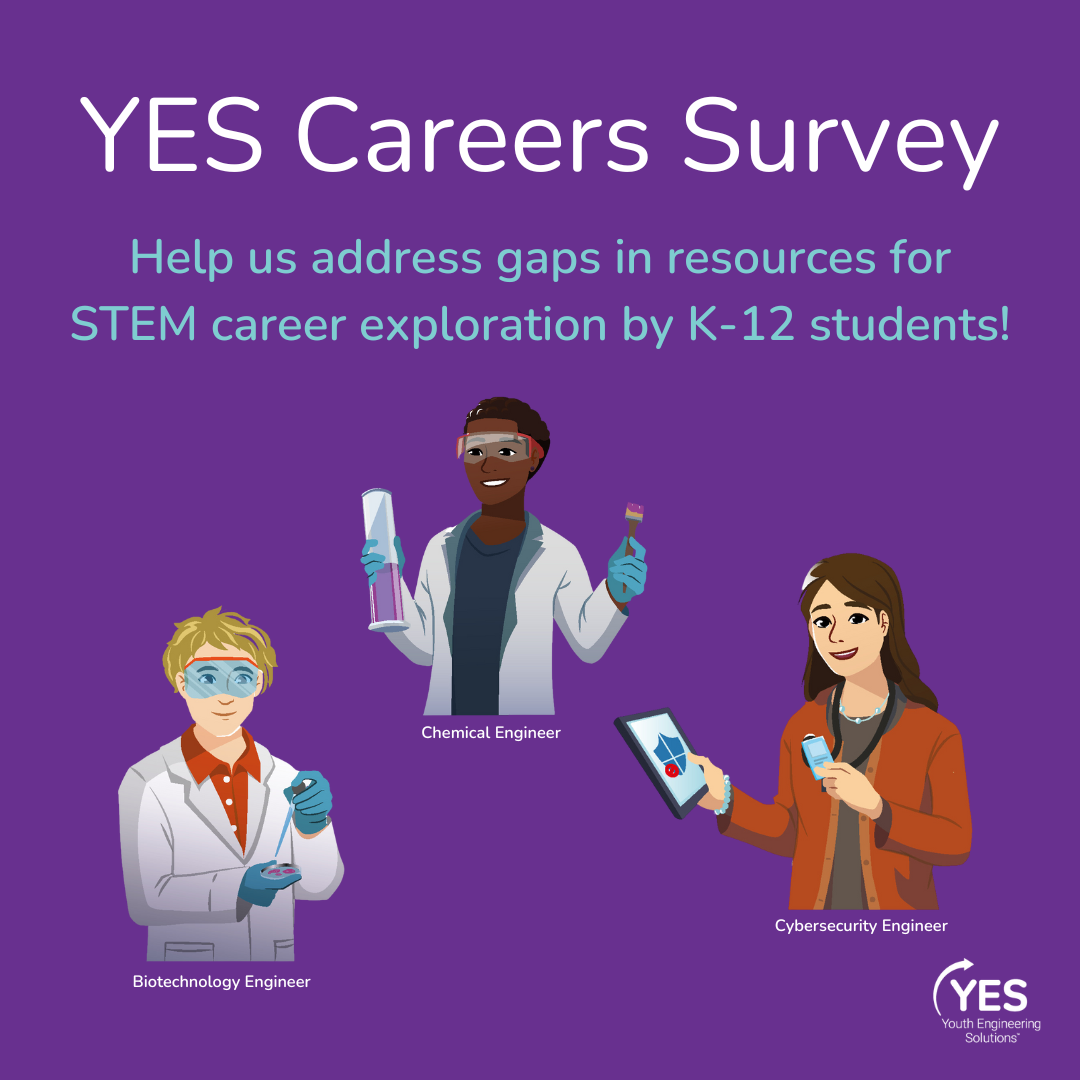The District of Columbia Public Schools (DCPS) has announced an ambitious new plan to enhance educational equity with “Cornerstone Assignments,” rigorous, engaging learning experiences for each grade (K – 12) that will be implemented district wide this coming fall. The overall goal is to offer students in the same grade across the district the same learning opportunities.
We're thrilled to share that under the Cornerstone plan, six EiE units have been selected for implementation (one unit for each elementary grade, K – 5). This means that by the end of the 2016 school year, all 22,000 students at all 75 of the district's elementary schools will have experience with hands-on engineering.



